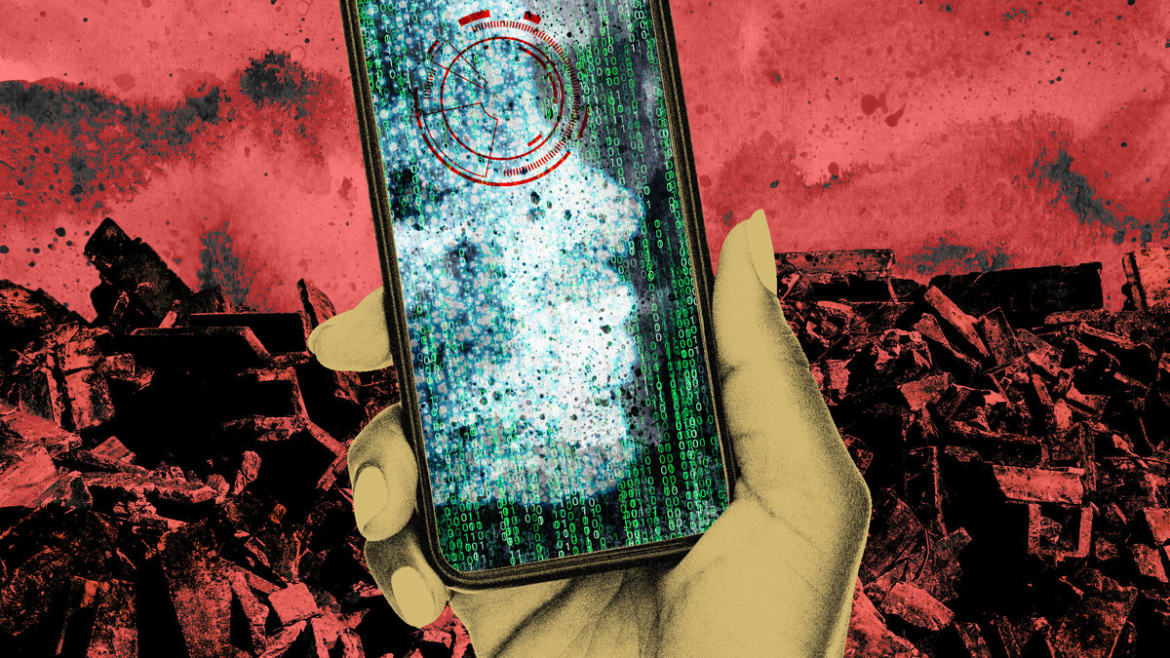Photo Illustration by Elizabeth Brockway/The Daily Beast/Getty
One of the biggest examples of fake news might have happened well before the internet age. The story goes that newspaper magnate William Randolph Hearst once sent a photographer to Cuba in order to cover a rebellion against Spanish rule in 1897. However, upon arrival in the country, the photographer sent a telegram back to Hearst telling him that there was no war to report—to which Hearst replied, “You furnish the pictures and I’ll furnish the war.”
True to his word, the newspaper magnate drummed up public support for the Cuban rebels with his sensationalized reporting of the conflict, eventually leading to the Spanish-American War.
While historians largely agree that the story likely never happened, the truth remains that the images and videos captured during times of war have the ability to change the very face of a conflict. The famous Napalm Girl image helped turn American sentiment against the Vietnam War. Pictures and videos of the concentration camps in Europe brought the Nazis’ atrocities out into the daylight.

